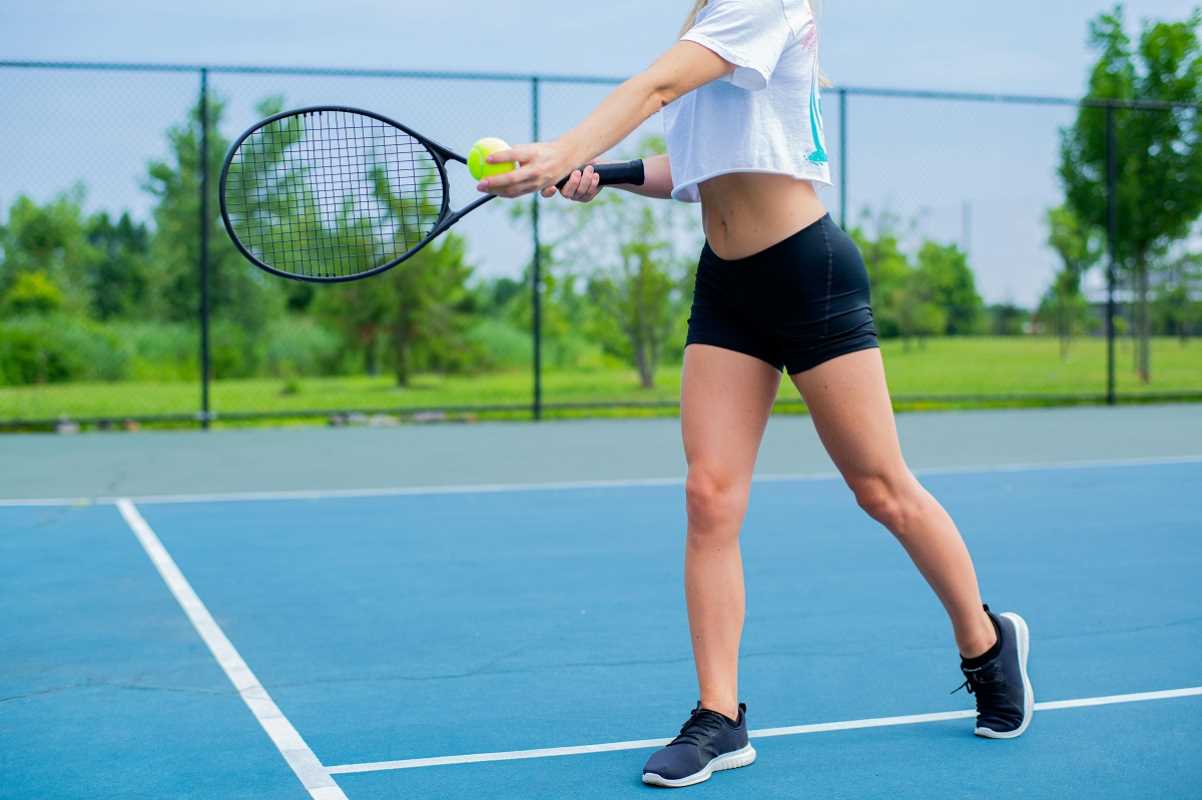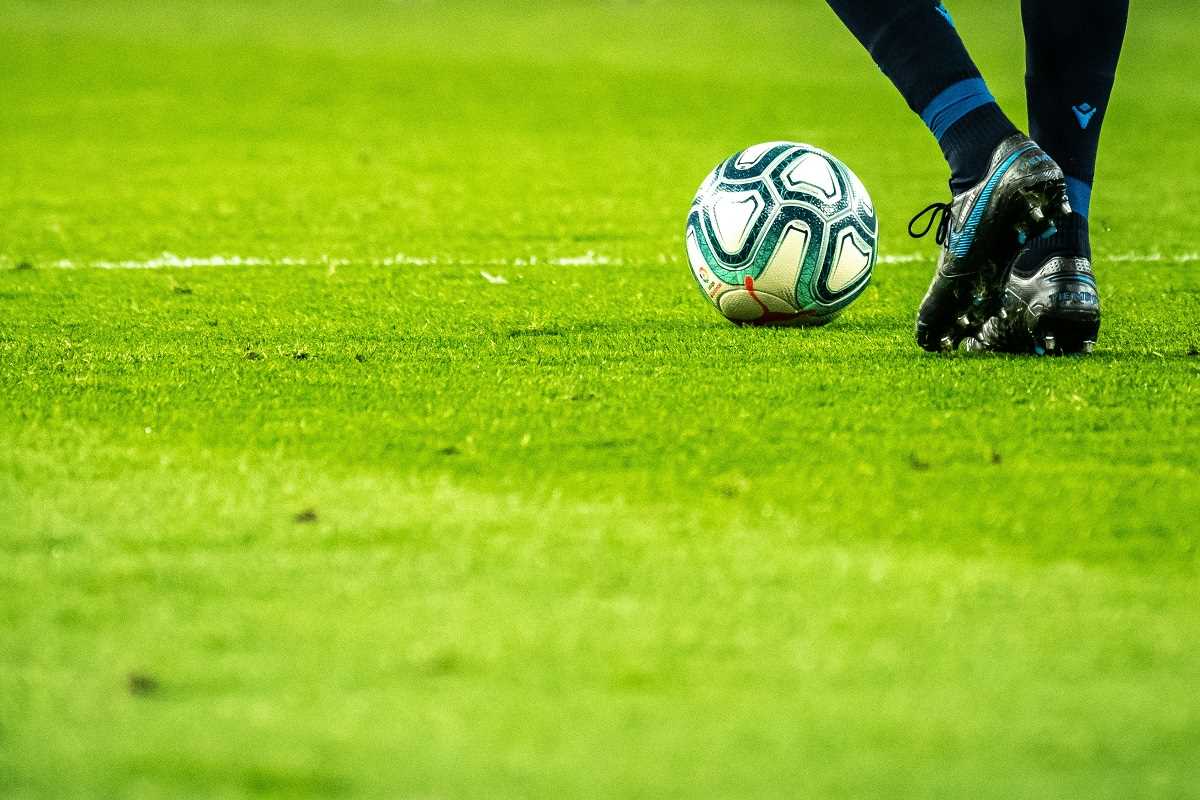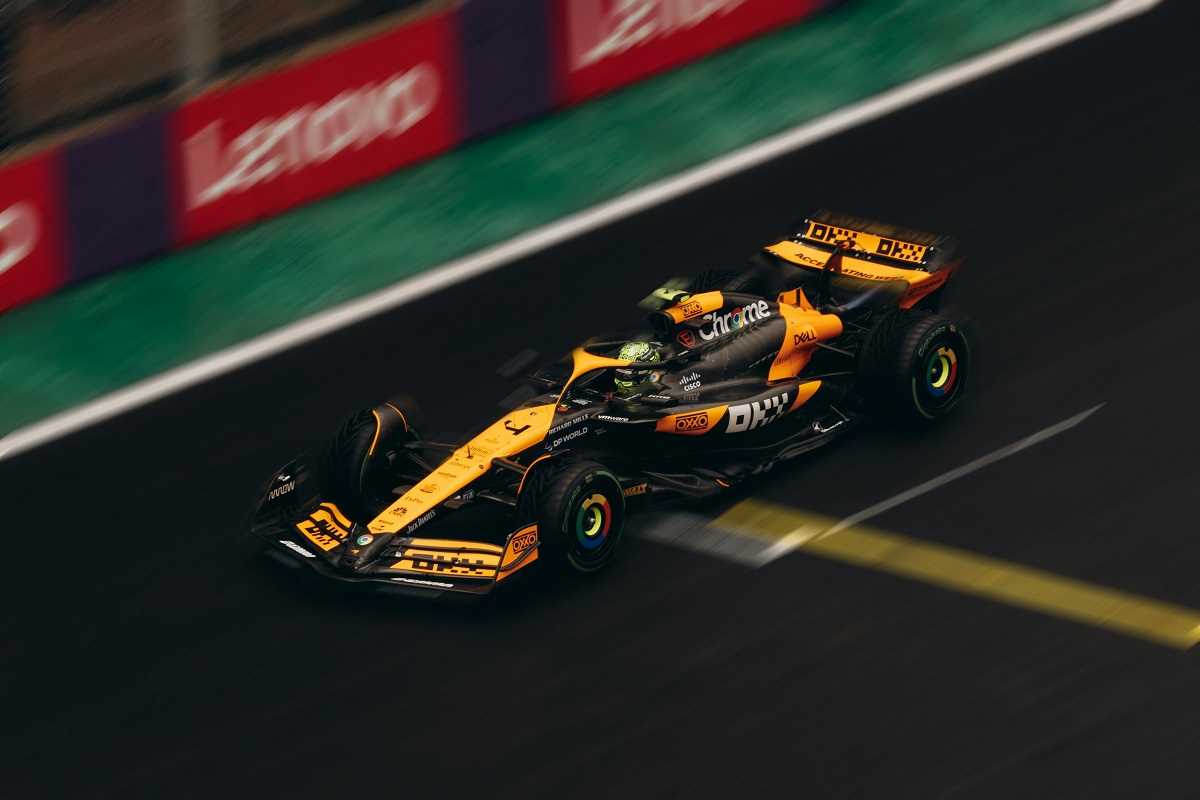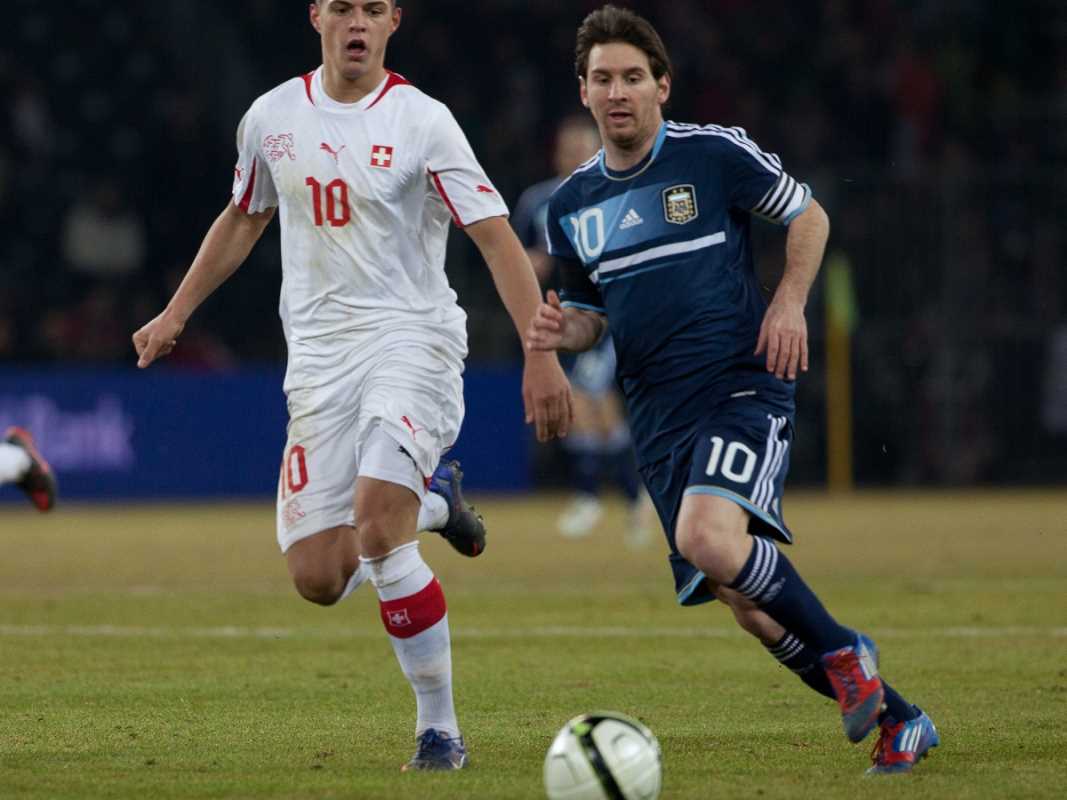When it comes to tennis, many players focus on powerful serves, smashing forehands, and picture-perfect backhands. But if there’s one thing you can’t overlook, it’s footwork. Your ability to move smoothly on the court can make or break your game. Footwork helps you get to the ball on time, stay balanced during shots, and recover quickly for the next play. Whether you're a beginner or a seasoned player, improving your footwork will help you gain a competitive edge.
If you’re looking to level up your movement on the court, keep reading. We’ll explain why footwork matters, some tried-and-true tips, and drills you can practice to sharpen your skills.
Why Footwork Matters
Footwork isn’t just about speed. Sure, being fast helps, but it’s also about precision, balance, and positioning. Proper footwork means you can return more balls and create opportunities to go on the offensive.
Here’s why footwork is so essential in tennis:
- Better positioning: Good footwork allows you to position yourself in the optimal spot, leading to cleaner, more powerful hits.
- Improved recovery time: Efficient movement helps you get back into the ready position after each shot, giving you an edge in fast rallies.
- Reduced injuries: Sloppy or rushed movements can lead to sprains, strains, or worse. Controlled footwork supports your body and minimizes risks.
Now that you know why it’s important, let’s get into actionable tips.
Foundation First
Before you start learning fancy footwork techniques, make sure your basics are solid. Every tennis player should:
- Stay on the balls of your feet: Avoid letting your weight sink into your heels. Staying on the balls of your feet helps you react more quickly to your opponent’s shots.
- Maintain a low stance: Bend your knees slightly and keep your body low to stay balanced and agile. Think of it as being ready to pounce.
- Keep moving: Even when stationary, you should never stand flat-footed. Always bounce lightly in anticipation of the next move. That small movement keeps your muscles engaged.
Master these basics, and you’re already ahead of the curve!
Tennis-Specific Footwork Techniques
There are several footwork patterns unique to tennis. Here are the must-know techniques to dominate the court.
1. Split Step
The split step is a fundamental move in tennis footwork. It’s a small hop you make just before your opponent hits the ball. This puts you into a ready position, allowing you to move in any direction quickly.
- How to perform it: When you see your opponent about to make contact, jump lightly with both feet, landing on the balls of your feet. This slight bounce helps you stay engaged and reactive.
- Why it works: The split step preps your body for immediate movement rather than leaving you rooted to the ground.
2. Quick Side Steps
Tennis requires a lot of lateral movement. Instead of crossing your legs, use short, quick side steps to reach balls to your left or right.
- Pro tip: Stay low and keep your toes pointing forward as you shuffle. Avoid hopping, as this can throw you off balance.
3. Crossover Step
For wider distances, add a crossover step to cover more ground efficiently.
- How to perform it: Cross one foot over the other while maintaining a low center of gravity. Pair this with quick side steps to return to position after reaching the ball.
- When to use it: You’ll use the crossover step when running for lobs or wide-angle shots.
4. Recovery Steps
After making a shot, recovering back to the center of the baseline is crucial. Use side shuffles or a quick sprint, depending on how far out you are.
- Focus on efficiency: Don’t just stand and admire your shot; recover right away to prepare for the next point.
Footwork Drills to Try
Practice makes perfect, and footwork is no exception. Here are some drills to help you improve.
1. Ladder Drills
Agility ladders are fantastic for training foot speed and coordination.
- Lay the ladder flat on the ground. Perform a variety of drills through the ladder, such as high knees, lateral shuffles, or in-and-out hops.
- Start slow, focusing on precision, and then increase your speed as you get more comfortable.
2. Cone Drills
Set up cones or markers in a 2x2 square pattern. Practice moving between the cones using split steps, side shuffles, and recovery steps.
- Add some variation by having a partner call out directions (e.g., “left cone, right cone”) to simulate unpredictable play.
3. Shadow Tennis
Grab a racket and pretend you’re playing a match, but without the ball. Focus on your movements as you shadow invisible shots. Move side to side, simulate wide reaches, and practice incorporating split steps and recoveries.
- This is an excellent way to visualize how you’ll move during a real game.
4. Box Drill
Mark out a square with four points. Begin at one corner and sprint diagonally to the opposite corner, side-shuffle to the next point, backpedal, and return to the starting point.
- Repeat this drill at least 5 times, focusing on quick, clean movements.
5. Jump Rope
It’s a classic for a reason. Jumping rope improves foot speed, coordination, and stamina. Aim for bursts of 30 seconds, alternating between single leg, double under, or side-to-side hops.
Avoid Common Footwork Mistakes
No one’s perfect, but it helps to be aware of common pitfalls when working on your footwork. Here’s what to avoid:
- Standing flat-footed: This slows you down more than you might realize. Always stay light on your feet.
- Overstretching to reach the ball: Use your legs, not just your arms. Poor positioning leads to weaker shots.
- Skipping recovery steps: Every wasted second adds up, especially during longer rallies. Develop the habit of getting back into position right after a shot.
Consistency is Key
Improving footwork doesn’t happen overnight. It’s something you’ll need to focus on consistently during practice sessions and matches. Here are a few ways to incorporate footwork into your routine:
- Dedicate at least 15 minutes of each practice to footwork drills.
- Watch videos of professional players to observe their movement and positioning.
- Evaluate your own matches to identify areas where your footwork needs improvement.
Mastering tennis footwork takes time and patience, but the payoff is immense. It’s the foundation of every great player’s game, allowing you to stay balanced, agile, and ready for anything your opponent throws your way.
 (Image via
(Image via





